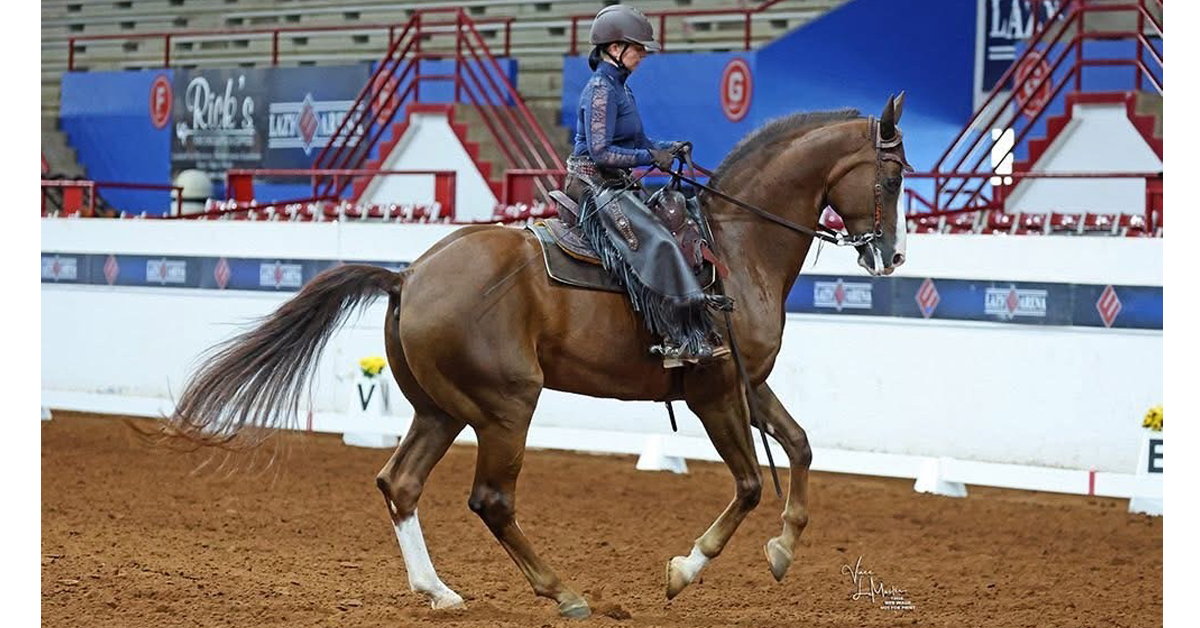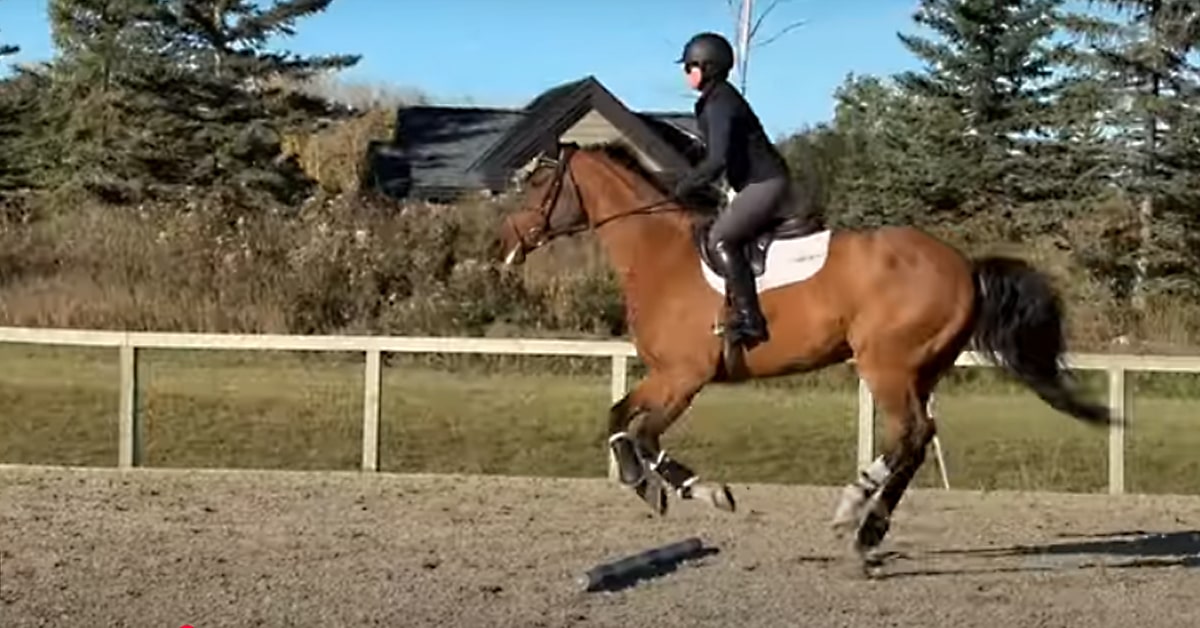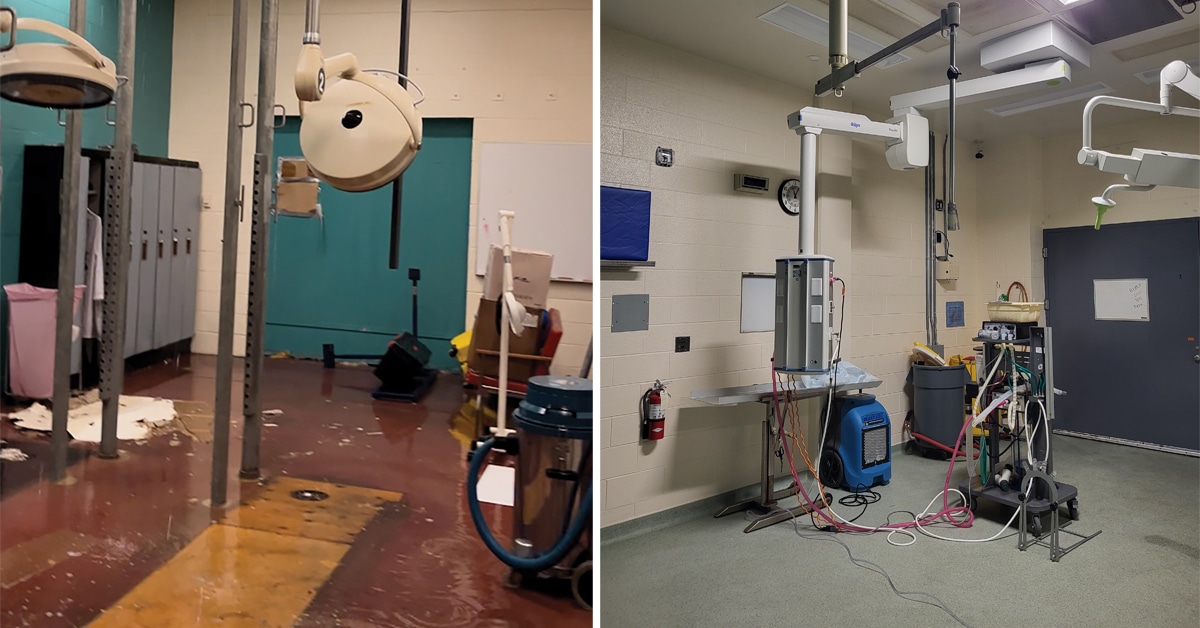Whether you are planning to build on your existing property or are looking to purchase a new property on which to construct your dream facility, acreage and location are key.
The number of horses you plan on keeping on the property and the size of your planned barn will largely determine how much land you will require for your entire facility. Let’s say you decide on a six-stall barn with no arena. It will measure approximately 50’ x 30’ and would require at least three parking spots, a driveway with a turnaround, manure storage, and at least two paddocks. The square footage of the barn would be 1,500, with 4,500 sq.ft. for the driveways and parking, 3,500 sq.ft for the manure area and turnaround, and 261,360 sq.ft. for the paddocks (a minimum of one acre per horse is recommended for a sustainable pasture). This gives you a required area of about 6.2 acres on which to build.
Building a 20-stall barn (40’ x 180’) and 100’ x 200’ arena would of course require much more space. Adding a 150’ x 250’ outdoor sand ring brings the total to almost an acre. You’ll have to add extra space for parking, driveways, hay storage, and at least 20 acres of paddocks. At this point you’ve reached a requirement of at least 30 acres of cleared land to build your equestrian facility.
Another thing to keep in mind is that, depending on the number of horses you plan on housing, you will likely want to budget land for at least one “sacrifice” paddock to take the damage that horses’ hooves will inflict upon the ground when it is wet. By allowing horses to use only these sacrifice paddocks when the ground is wet, you will keep your other paddocks in good shape all year round.
The best location to situate your barn will satisfy the following criteria:
High ground – You’ll want to build your barn in a location that remains relatively dry during rainy seasons to avoid water entering the barn or pooling outside of it. Ensure the ground is solid and firm and the surrounding land is suitable for building driveways and paddocks.
Flat and level – The flatter the ground of your planned build site and surrounding area, the less prep work you will have to do when actually building the barn. For example, if you have a ground height difference of six feet from one side of the planned barn to the other, then a lot of time (and money) will have to be spent moving the soil to create a level area.
Central location – You’ll want to make sure your barn is conveniently located on the property relative to other structures. By doing this, you will avoid unnecessary time spent travelling from one area of the property to another, whether you are simply walking or driving to another area or moving horses, hay, manure, or equipment. Building your barn centrally to the paddocks, sand ring(s), manure pile, parking lot, driveways, fire access, and hay and shavings storage will ensure maximum convenience and save you countless wasted steps over the years.
The Latest









